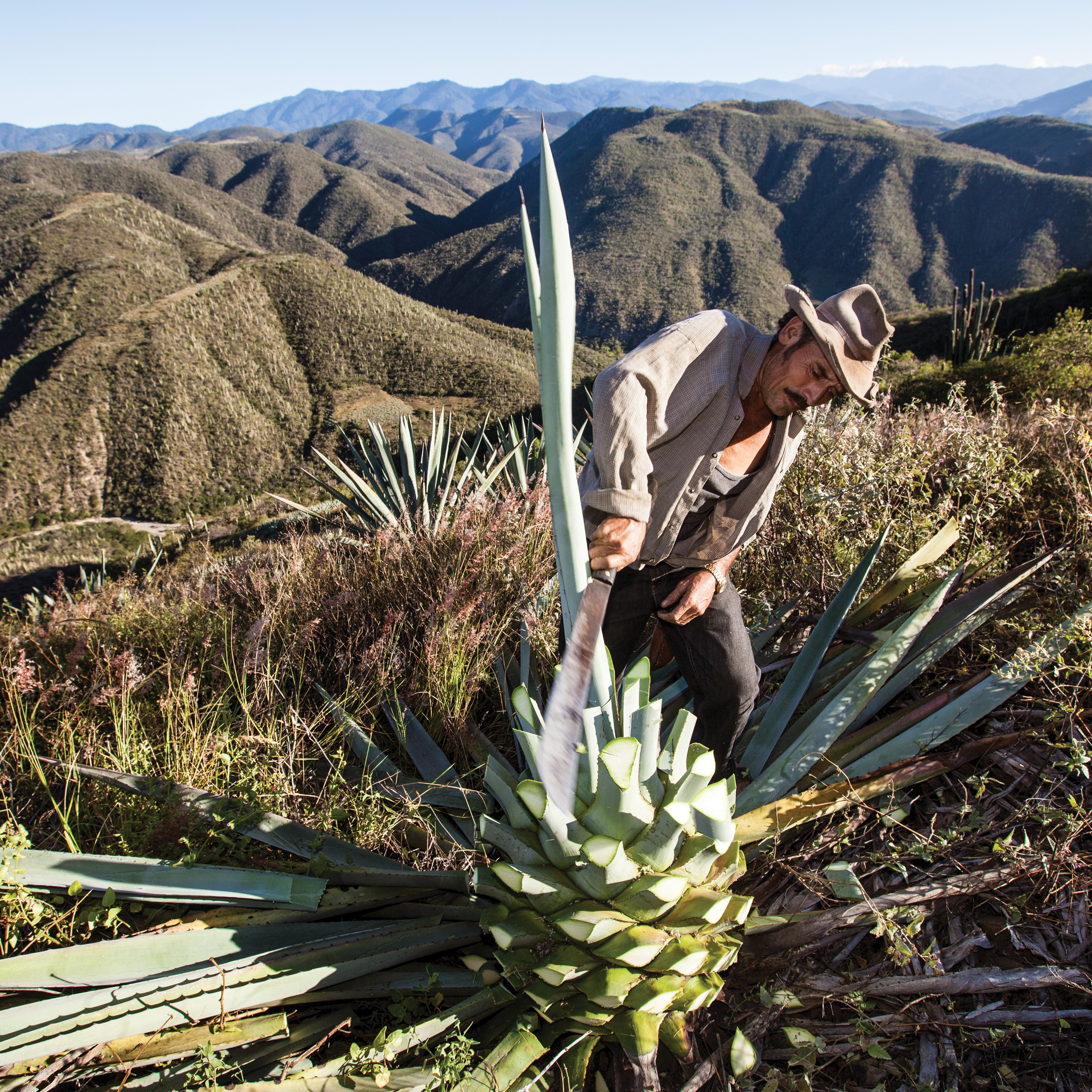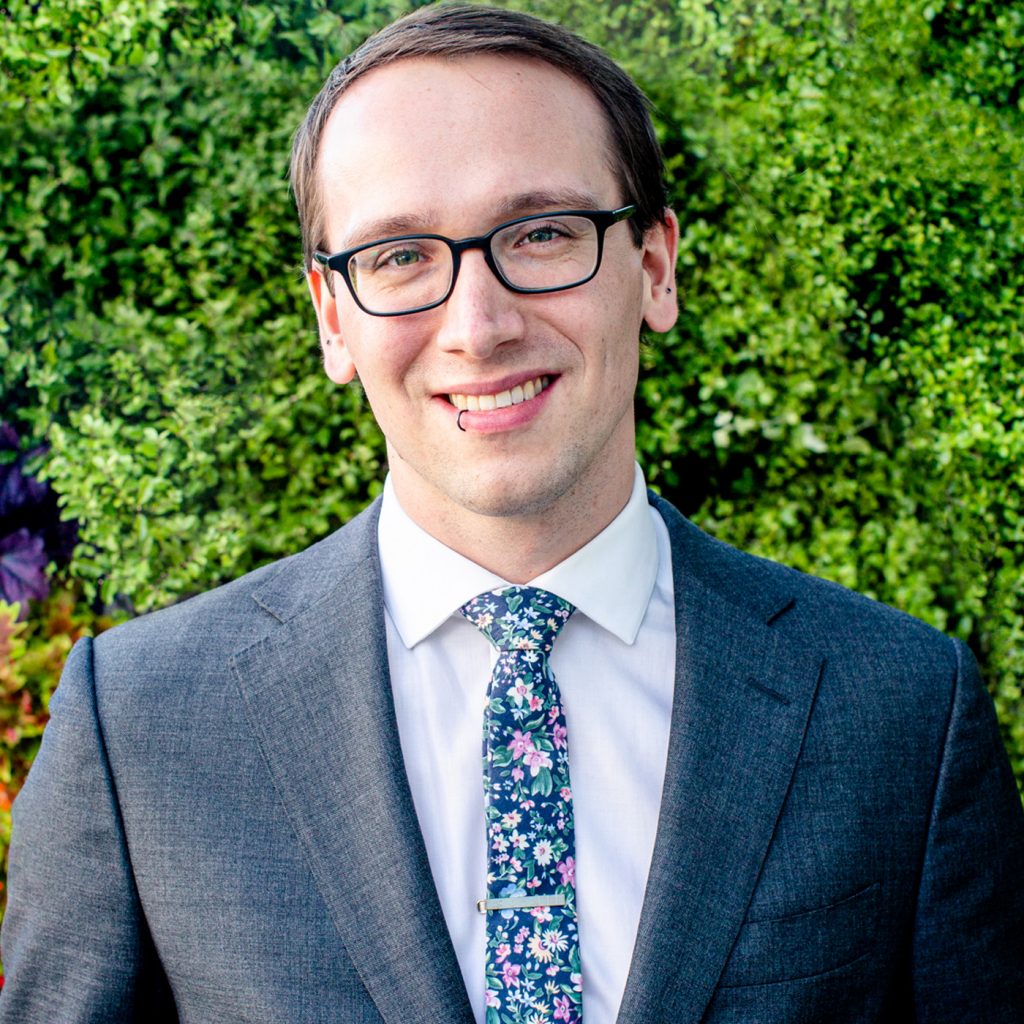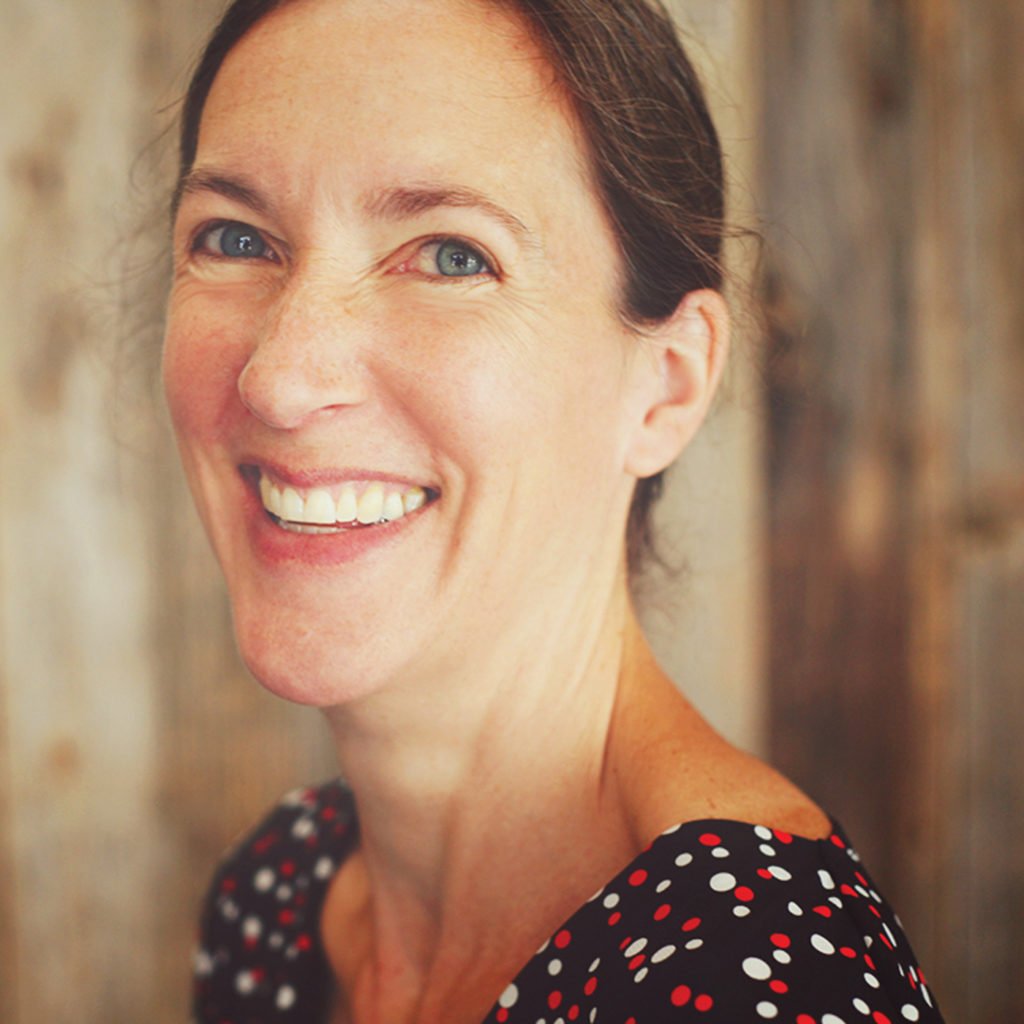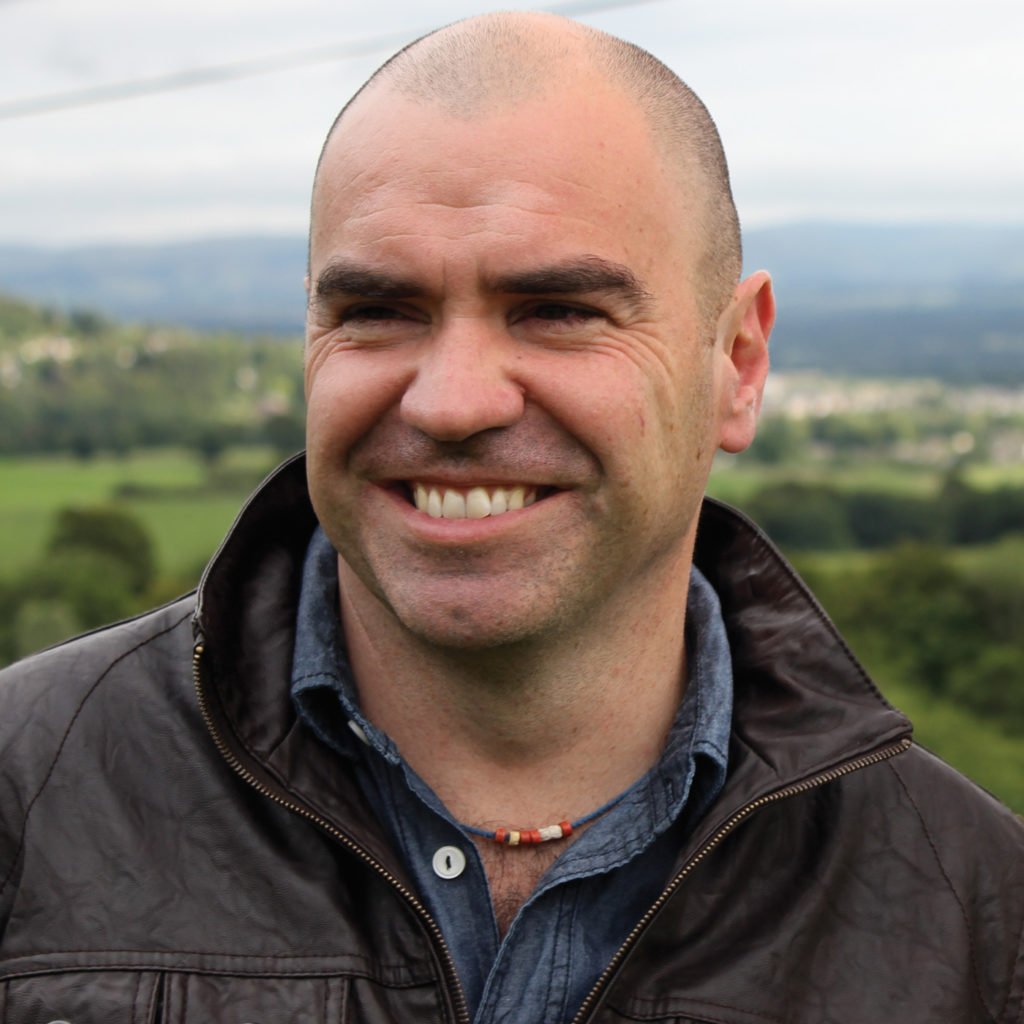The question is not whether mezcal is hot. It’s fair to ask, has any spirit ever been hotter? The business has doubled in the last five years, and mezcal is the rage of the bar world. However, the mezcal industry is trying to deal with the ascension of mezcal…
To read this article and more,
subscribe now.
To continue reading without interruption, subscribe and get unlimited digital access to our web content and wine search.
This story appears in the print issue
of June 2017.
Like what you read? Subscribe
today.
















